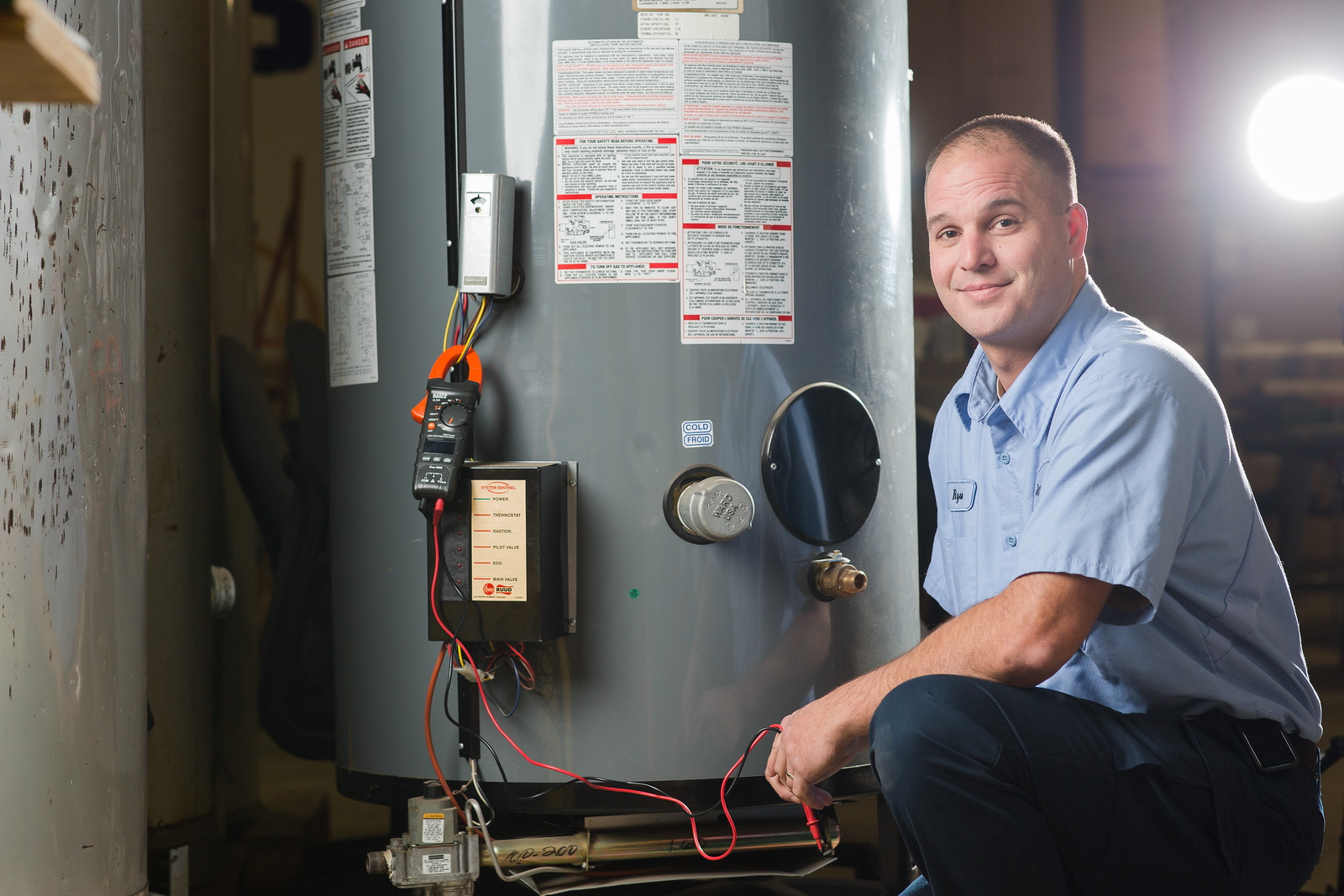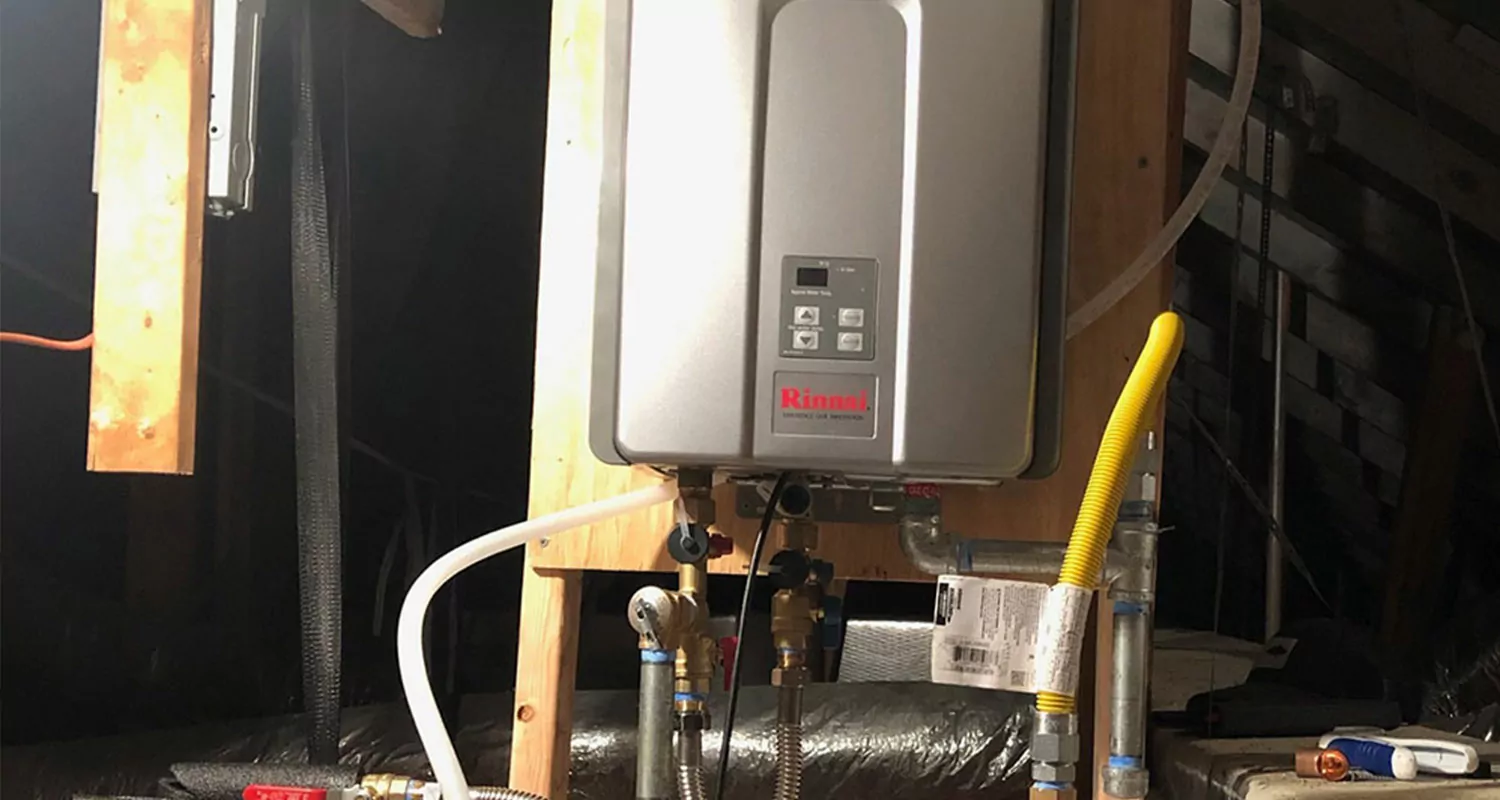Right here below you can get lots of excellent resources regarding Tips For Maintaining Your Hot Water Heater.

Hot water is vital for everyday comfort, whether it's for a rejuvenating shower or washing dishes. To ensure your warm water system runs successfully and lasts longer, routine maintenance is essential. This article provides practical tips and understandings on just how to maintain your home's warm water system to stay clear of disturbances and pricey repair services.
Intro
Preserving your home's hot water system might seem daunting, yet with a couple of basic steps, you can ensure it runs smoothly for many years to come. This overview covers every little thing from understanding your hot water system to DIY upkeep suggestions and recognizing when to contact specialist aid.
Value of Maintaining Your Hot Water System
Normal maintenance not only expands the life expectancy of your hot water system but additionally guarantees it operates successfully. Ignoring maintenance can bring about reduced performance, greater energy costs, and also premature failing of the system.
Indications Your Hot Water System Needs Upkeep
Understanding when your warm water system requires attention can protect against major issues. Keep an eye out for signs such as irregular water temperature, odd noises from the heating system, or rustic water.
Understanding Your Warm Water System
Prior to diving into upkeep tasks, it's helpful to comprehend the standard elements of your warm water system. Usually, this includes the hot water heater itself, pipes, anode poles, and temperature controls.
Month-to-month Maintenance Tasks
Normal regular monthly checks can aid catch minor concerns before they intensify.
Flushing the Water Heater
Purging your water heater removes debris buildup, enhancing performance and extending its life.
Monitoring and Changing Anode Rods
Anode rods protect against corrosion inside the storage tank. Checking and changing them when worn out is important.
Inspecting and Adjusting Temperature Settings
Readjusting the temperature settings makes sure optimal performance and safety and security.
DIY Tips for Maintenance
You can do numerous maintenance jobs yourself to maintain your warm water system in top condition.
Looking for Leakages
Frequently examine pipelines and links for leaks, as these can result in water damages and greater bills.
Evaluating Stress Alleviation Valves
Testing the pressure safety valve ensures it functions properly and protects against extreme stress accumulation.
Shielding Pipelines
Insulating hot water pipes minimizes warmth loss and can conserve energy.
When to Call a Professional
While DIY upkeep is useful, some issues need professional knowledge.
Complicated Problems Requiring Specialist Assistance
Instances consist of significant leakages, electric troubles, or if your water heater is consistently underperforming.
Regular Specialist Maintenance Advantages
Professional maintenance can include comprehensive evaluations, tune-ups, and making sure conformity with security requirements.
Conclusion
Regular maintenance of your home's hot water system is important for efficiency, long life, and price financial savings. By adhering to these suggestions and knowing when to look for expert assistance, you can guarantee a reliable supply of warm water without unanticipated interruptions.
Water Heater Maintenance: The Basics
Maintaining your water heater will ensure it operates efficiently and has a longer lifespan. Neglecting regular maintenance can lead to costly repairs and an even bigger chunk of your savings if you have to replace it sooner than necessary. But there’s good news: Most water heater maintenance tasks are relatively simple and easy for homeowners with basic DIY skills.
Flush the Water Heater
Over time, sediment and minerals can build up in the tank, reducing its efficiency and potentially causing damage. To flush the tank, turn off the power or gas supply, attach a hose to the drain valve near the bottom and open the valve to drain the water until it runs clear. Ideally, flush the tank annually.
Replace the Anode Rod
The anode rod is a sacrificial metal rod that helps prevent corrosion inside the tank. Inspect and replace it every three to five years or per the manufacturer's recommendation. To replace the anode rod, turn off the power or gas supply, drain a few gallons of water from the tank, unscrew the old rod and replace it with a new one. If the anode rod is significantly corroded or covered in calcium buildup, it's a sign the water heater may need to be replaced soon.
Tune-Up
A yearly tune-up can help identify potential issues and ensure your water heater operates at peak efficiency. This typically involves checking the thermostat, burner assembly (for gas heaters) and any other components specified by the manufacturer. During a tune-up, the technician may also clean the burner and adjust the pilot light (for gas heaters) or examine the heating elements (for electric heaters).
How to Maintain Your Water Heater
Insulate the tank. Insulating the tank can improve energy efficiency and reduce heat loss, saving you money on energy bills. You can purchase precut insulation blankets designed specifically for water heaters or use standard fiberglass insulation wrapped securely around the tank. Check the temperature. The recommended water temperature for most households is around 120 degrees Fahrenheit (49 degrees Celsius). Higher temperatures can increase energy costs and potentially cause scalding. Use a kitchen thermometer to check the temperature at the faucet nearest the water heater. Monitor water pressure. Excessive water pressure can strain the water heater and cause leaks or even tank failure. Install a pressure-reducing valve if necessary. The ideal water pressure range is between 60 and 70 PSI (pounds per square inch). Test the temperature and pressure (T&P) relief valve. The T&P relief valve is a safety feature that releases pressure if the tank gets too hot or the pressure builds up too high. Test it annually by lifting the lever and allowing a small amount of water to release. Replace the valve if it doesn't release water or reseal properly. Check for leaks. Regularly inspect the tank, pipes and fittings for leaks or corrosion. Deal with issues promptly to prevent further damage. Even a small leak can lead to significant water damage over time. Consider a tankless water heater. If your traditional tank-style water heater is nearing the end of its lifespan ( typically 10 years), consider replacing it with a tankless water heater. These units heat water on demand, reducing standby energy losses and potentially saving you money on your energy bills. Schedule professional maintenance. While homeowners can perform many water heater maintenance tasks, it's still a good idea to schedule professional maintenance every few years. A plumber or HVAC technician can thoroughly inspect the unit, identify potential issues and ensure it operates safely and efficiently. https://www.homeserve.com/en-us/blog/home-improvement/hot-water-heater-maintanence/

Do you like reading about What Kind of Maintenance Do Water Heaters Need?? Create a short review directly below. We would be delighted to listen to your reactions about this content. In hopes that you come back again in the future. Sharing is good. Helping people is fun. Thanks a lot for being here. Revisit us soon.
Schedule Service Pickup